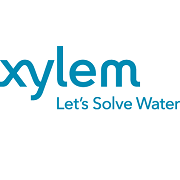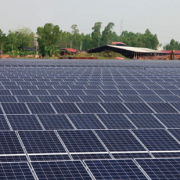Ecobuild Southeast Asia 2016 Focuses On New Tech and Methodology
There were a total of 66 paid conferences, forums, free seminars and technology symposiums, among other events.
Ecobuild Southeast Asia 2016 and International Construction Week 2016 (ICW2016), the region’s biggest trade event for the construction industry, was launched at the Kuala Lumpur Convention Centre by Dato’ Sri Haji Fadillah Bin Haji Yusof, Minister of Works Malaysia, on behalf of Prime Minister Dato’ Sri Mohd NajibTun Razak.
Held under the theme “Driving Productivity in Construction” and organised by UBM Malaysia, Ecobuild SEA 2016 focused the spotlight on cutting-edge technologies and methodologies, to improve productivity and sustainability in construction, particularly Industrialised Building System (IBS),as showcased in the Industrialised Building Systems Housing Expo.
“The theme of this year’s show is driving productivity further by increasing technology adoption and modernising construction methods,” said Prime Minister Dato’ Sri Mohd NajibTun Razak. “This is an important aspect of our national economy, for it is through increased productivity that we can properly target becoming a high-income nation by 2020.”
Co-located with Ecobuild SEA are the IBS Housing Expo and the CIDB-IEM Construction Career Fair 2016, all under one roof. IBS showcases quality, safe and energy-efficient methods of construction,and will help to modernise the local building industry. The Construction Career Fair is the only career fair for the professionals in the industry, also providing job opportunities to fresh graduates.
As the leading platform for the construction industry in Southeast Asia, Ecobuild SEA consists of 127 exhibitors from eight countries and regions. The participating countries are Malaysia, Singapore, China, Canada, Hong Kong, Germany, France and Australia. The show had successfully drawn 12,073 visitors from 63 countries, a 15% increase from 2015. 10.3% of the visitors are international.
There were a total of 66 paid conferences, forums, free seminars and technology symposiums,as well as five competitions alongside Ecobuild SEA. Several competitions had their finale during ICW 2016: My City 2050, Rebuild It Green, Open Ideas Competition, International Highest Early Strength Self-Consolidating Concrete Cube Competition and IEM Mechanical Design Competition.
The next edition, Ecobuild SEA 2017, will be held on April 12-14, 2017 at the Kuala Lumpur Convention Centre. The theme will be “Quality, Safety and Professionalism” – one of the four strategic thrusts of the Construction Industry Transformation Programme (CITP). It will co-locate with Greenbuild 2017, Energy Efficiency Malaysia, Construction Showcase and Construction Career Fair, including International Pavilion, Industrialised Building System Pavilion, Malaysia Timber Industry Board (MTIB) Pavilion and Contractor and Entrepreneur Development Division (BPKU) Pavilion.
For more information, call 603-21768788, email ecobuildsea@ubm.com or visit www.ecobuildsea.com.

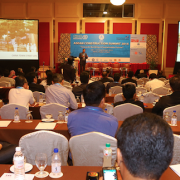
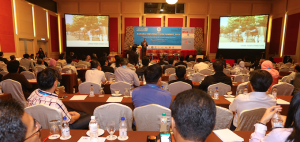
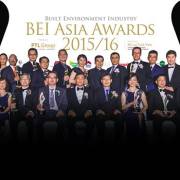

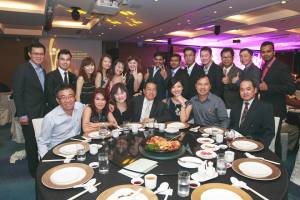


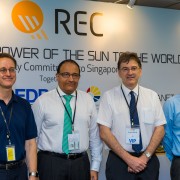

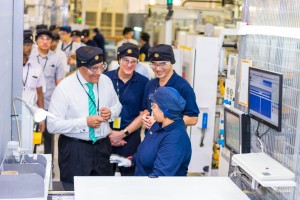

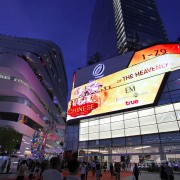
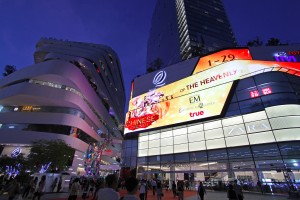
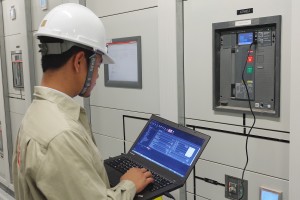
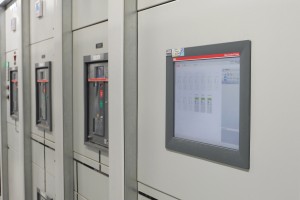
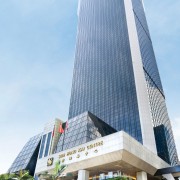
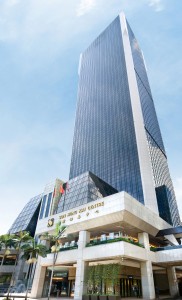
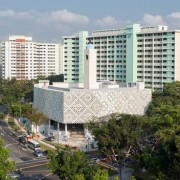
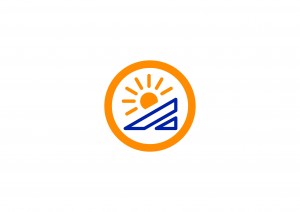
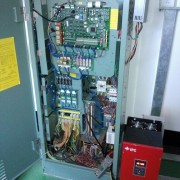
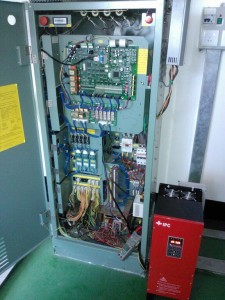 With so much energy going to waste and an urgent energy target to hit, there needs to be a way. The Power Regenerative Unit (PRU) recently introduced by Welden Pte Ltd is complete with energy regenerating features to offset energy usage and save energy costs. The device ensures energy expended in the form of heat loss by the braking system is minimized. On top of that, the heat energy is gathered and channelled to the building’s electrical grid. Hence, regenerative systems actually see a double-pronged method of saving energy in both the elevator system, as well as the cooling system, resulting in larger overall energy savings.
With so much energy going to waste and an urgent energy target to hit, there needs to be a way. The Power Regenerative Unit (PRU) recently introduced by Welden Pte Ltd is complete with energy regenerating features to offset energy usage and save energy costs. The device ensures energy expended in the form of heat loss by the braking system is minimized. On top of that, the heat energy is gathered and channelled to the building’s electrical grid. Hence, regenerative systems actually see a double-pronged method of saving energy in both the elevator system, as well as the cooling system, resulting in larger overall energy savings.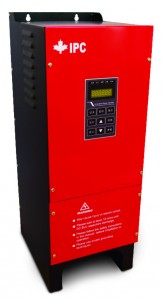 Results from buildings that have implemented the system have reported positive results, implying that the benefits are extensive. On top of the Shenzhen International Business Center and elevators in Shenzhen Airlines International Hotel reporting total energy savings hovering at a minimum of 35%, the Hong Kong AIA building’s PRU has seen more than 40% improvement in its efficiency, resulting in energy savings of approximately 6570kWh per year per elevator.
Results from buildings that have implemented the system have reported positive results, implying that the benefits are extensive. On top of the Shenzhen International Business Center and elevators in Shenzhen Airlines International Hotel reporting total energy savings hovering at a minimum of 35%, the Hong Kong AIA building’s PRU has seen more than 40% improvement in its efficiency, resulting in energy savings of approximately 6570kWh per year per elevator.